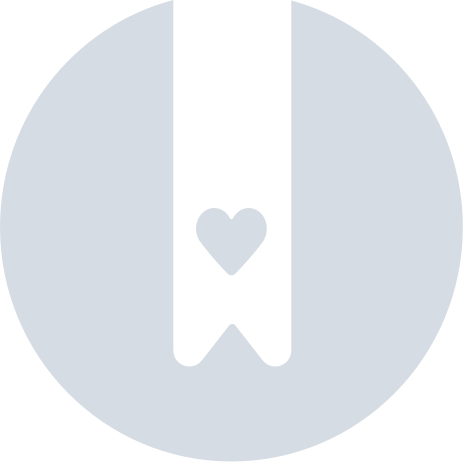2 - How to build an investment portfolio
The Purpose and Aim of Investing
There are plenty of articles, viewpoints, strategies and ideas on how one should invest. Let's take a step back and review the basics of investing so we can build a successful portfolio.
First, the purpose of investing is to have our money work for us. How and where we put our money to work determines how much we make on our money.
The foundation of our portfolio is cash, fixed income and equities. See Appendix A for an in-depth review of asset classes.
An all cash portfolio doesn’t have investment risk (i.e., loss of principal), but it doesn’t keep pace with inflation. For example, the current rate of interest on a one-year Certificate of Deposit is 1.55% compared to an inflation rate of 2.97%. Over time, we would have to dip into our principal to maintain our standard of living, or adjust our spending.
Conversely, an all fixed income portfolio (Appendix A) takes on certain investment risks (over five years a return of -0.75% to 23.75%) but has a current yield of 3.64%; slightly ahead of inflation. The spread between the expected investment return of 3.64% and current inflation of 2.97% is 0.67%. Assuming inflation doesn’t change over time, this would be the optimal portfolio during our retirement years. Obviously, that is not a realistic expectation, and the spread is not large enough to support a sustainable long-term portfolio.
With an investment aim of keeping pace with inflation, we must consider stocks as part of our portfolio, but this comes with inherent risks and rewards. For example, over five years the rolling period returns ranged from -19.58% to 37.25%, averaging 9.34%. This means that our stock portfolio has a 6.37% spread above inflation; a significant margin that may add a cushion for higher inflation in the future, but considerable downside risks in the short-term.
Conventional portfolios have not successfully navigated these risks.
Another way to manage risk is by dividing our retirement funds into two portfolios: distribution and growth.
The distribution portfolio/account is the amount of money we need each year for 10 years, plus a desired cushion for emergencies.
The growth portfolio/account is the rest of our investable assets.
The distribution account should keep up with inflation. So, regardless of what happens with the stock market, it has no impact on our monthly distribution from the account, and if it is keeping pace with inflation we don't have to dip into principal.
Despite its short-term fluctuations, the entire growth account is invested in the stock market for 10 years. If history is any sign, the expected range of returns over 10 years is -5.29% to 20.50% with an average of 9.21%. At the end of 10 years, we liquidate a portion of the growth account to replenish our distribution account; repeating this process every 10 years.
This dual portfolio strategy safeguards against inflation and investment losses potential impact on our monthly income, mitigating certain fears during our retirement years.
The Steps to Build an Investment Portfolio
- Distribution Account | This is the amount of money that you expect to need/spend for the first 10 years in retirement.
Beginning Account Balance = (Annual Income Needed x 10 years) + (cushion amount)- Asset Allocation
- Cash & Cash Equivalents = annual distributions for 2 years + cushion amount
- Short to Intermediate Fixed Income = remainder of the distribution account balance
- Asset Allocation
- Growth Account | This is the remainder of your investable assets that is not allocated to the distribution account. Assets in this account are expected to be invested for 10 years.
Beginning Account Balance = Total Investable Assets - Distribution Account Beginning Balance- Asset Allocation
- Domestic equities
- Large Cap
- Mid-Cap
- Small Cap
- Real Estate (ETFs and/or mutual funds)
- Internation Equities
- Emerging Markets
- Alternative Investments (optional)
- Domestic equities
- Asset Allocation
Summary
Insight and the ability to predict the future are very limited, so we must rely on history as a predictor of future market assumptions. During any investment period, unexpected and unprecedented events may occur, so we must commit to a sound process and stay the course. A dual portfolio strategy checks those boxes.

